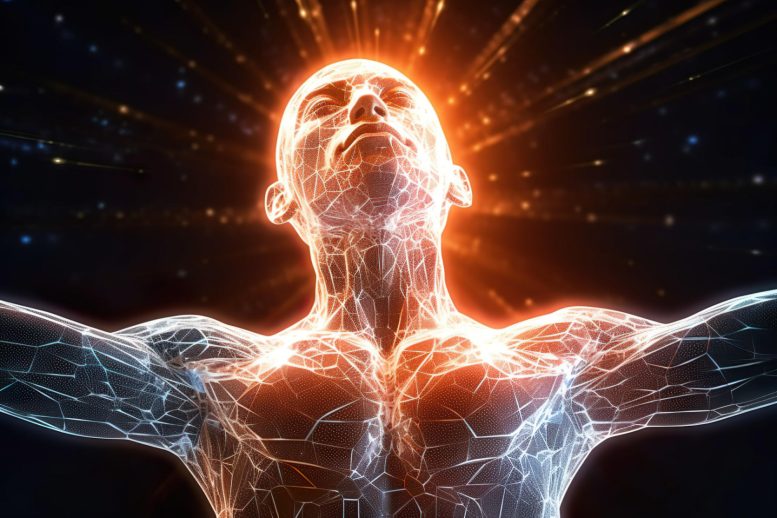[ad_1]

Researchers have found that sure fat accumulate in tissues with age however will be lowered via common exercise. This discovering, which sheds new gentle on the organic processes of growing older, was derived from research performed on each mice and people, emphasizing the potential for brand new growing older interventions.
Scientists have discovered {that a} particular type of fats builds up in tissues as they age, and that exercise can reverse this course of. A staff from Amsterdam UMC, in collaboration with researchers from Maastricht UMC+, studied tissue from each mice and people earlier than and after exercise to achieve this conclusion.
The outcomes had been not too long ago printed in the journal Nature Aging.
“The idea that we could reverse aging is something that was long considered science fiction, but these findings do allow us to understand a lot more about the aging process,” says Riekelt Houtkooper, Professor on the laboratory Genetic Metabolic Diseases of Amsterdam UMC. “Everyone says that ‘it’s just part of getting older,’ but this doesn’t actually have to be true. By understanding more about the aging process, we can also look into new ways of intervening,” says Georges Janssens, first writer of the paper and assistant professor at Amsterdam UMC.
Research on Age-Related Diseases
In latest years, laboratory analysis has proven that we might be able to counteract age-related illnesses by intervening in the elemental processes that result in growing older. Although science has more and more mapped out how metabolism modifications throughout growing older, giant elements remained uncharted. “We wanted to add a new chapter to the atlas. Lipids are an important part of our diet, and crucial for the functioning of our body cells. Specific lipids make up the membrane of cells, which ensures that the inside and outside remain separate,” says Houtkooper.
In order so as to add this new chapter, the analysis staff investigated how the composition of fat modifications in mice. They checked out ten completely different tissues, together with muscle mass, kidneys, liver, and coronary heart. It was seen that one kind of lipid, the bis(monoacylglycero)phosphates (or BMPs), had been elevated in all tissues from the older animals. Suggesting an accumulation of those lipids throughout growing older. They then investigated whether or not this additionally occurs in people. Although it was not doable to acquire as many alternative tissues, the buildup of BMP was additionally seen in muscle biopsies of older individuals. Finally, they then accomplished extra muscle biopsies from individuals earlier than and after a healthy intervention that included one hour of exercise a day and noticed the extent of BMPs decreased in the energetic members.
“These results are an important new step for our understanding of the aging process, but they are certainly not the final answer. We plan to conduct follow-up studies to better understand how BMPs contribute to aging, what are the consequences of BMP accumulation on the aging process, and whether this can only be influenced by exercise or are the other ways to affect BMPs levels,” concludes Houtkooper.
Reference: “A conserved complex lipid signature marks human muscle aging and responds to short-term exercise” by Georges E. Janssens, Marte Molenaars, Katharina Herzog, Lotte Grevendonk, Carlijn M. E. Remie, Martin A. T. Vervaart, Hyung L. Elfrink, Eric J. M. Wever, Bauke V. Schomakers, Simone W. Denis, Hans R. Waterham, Mia L. Pras-Raves, Michel van Weeghel, Antoine H. C. van Kampen, Alessandra Tammaro, Loes M. Butter, Sanne van der Rijt, Sandrine Florquin, Aldo Jongejan, Perry D. Moerland, Joris Hoeks, Patrick Schrauwen, Frédéric M. Vaz and Riekelt H. Houtkooper, 12 April 2024, Nature Aging.
DOI: 10.1038/s43587-024-00595-2
[ad_2]